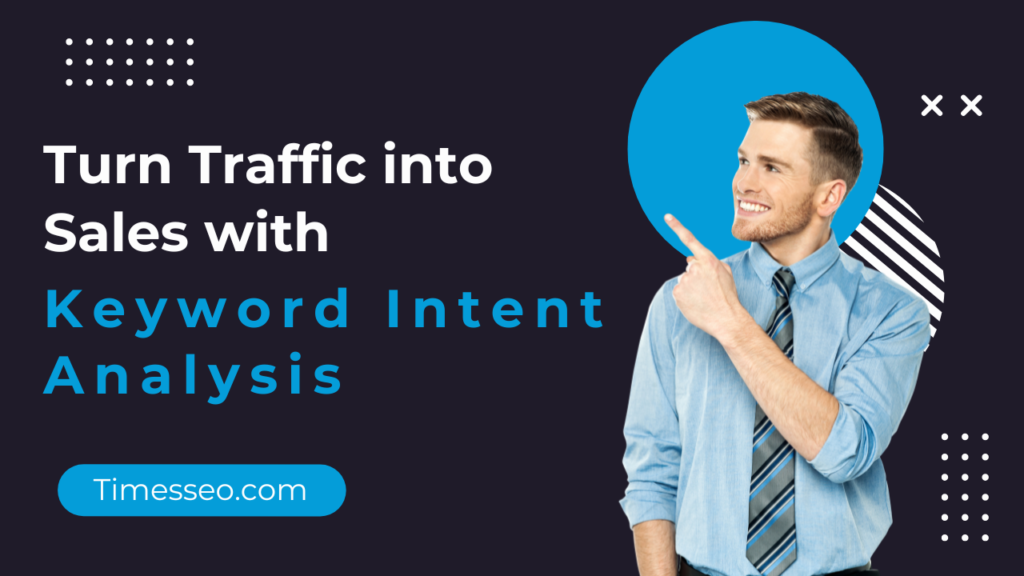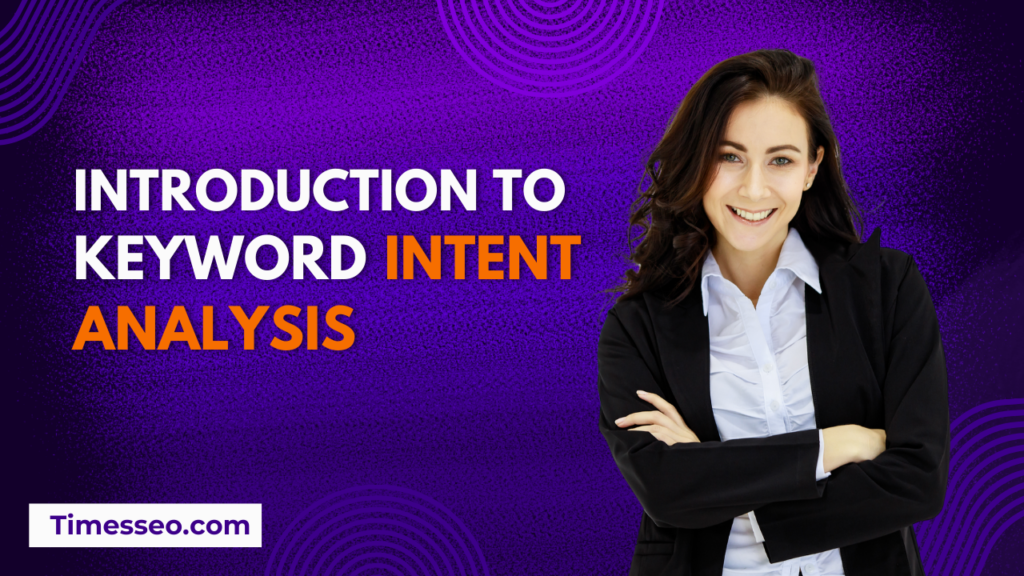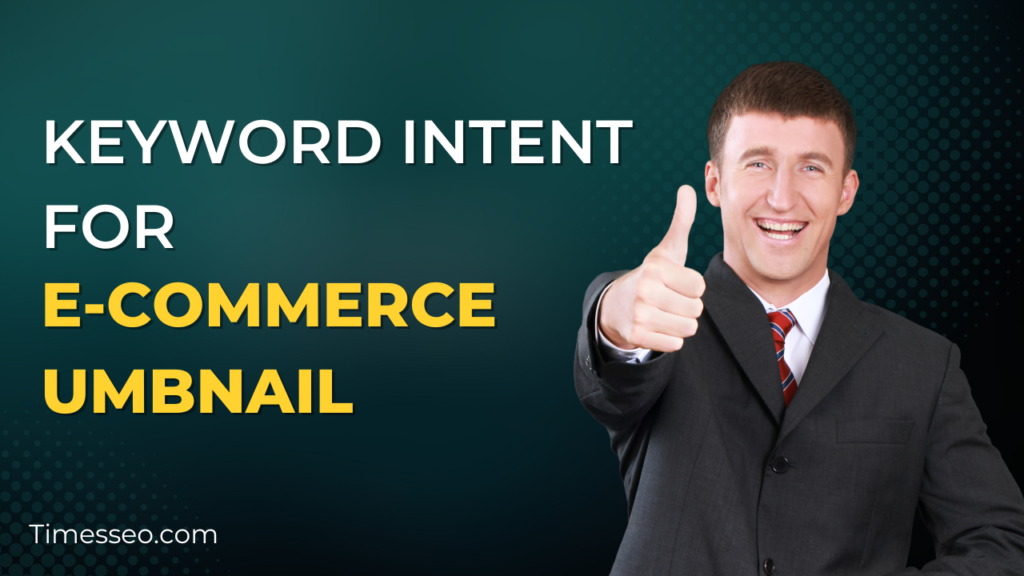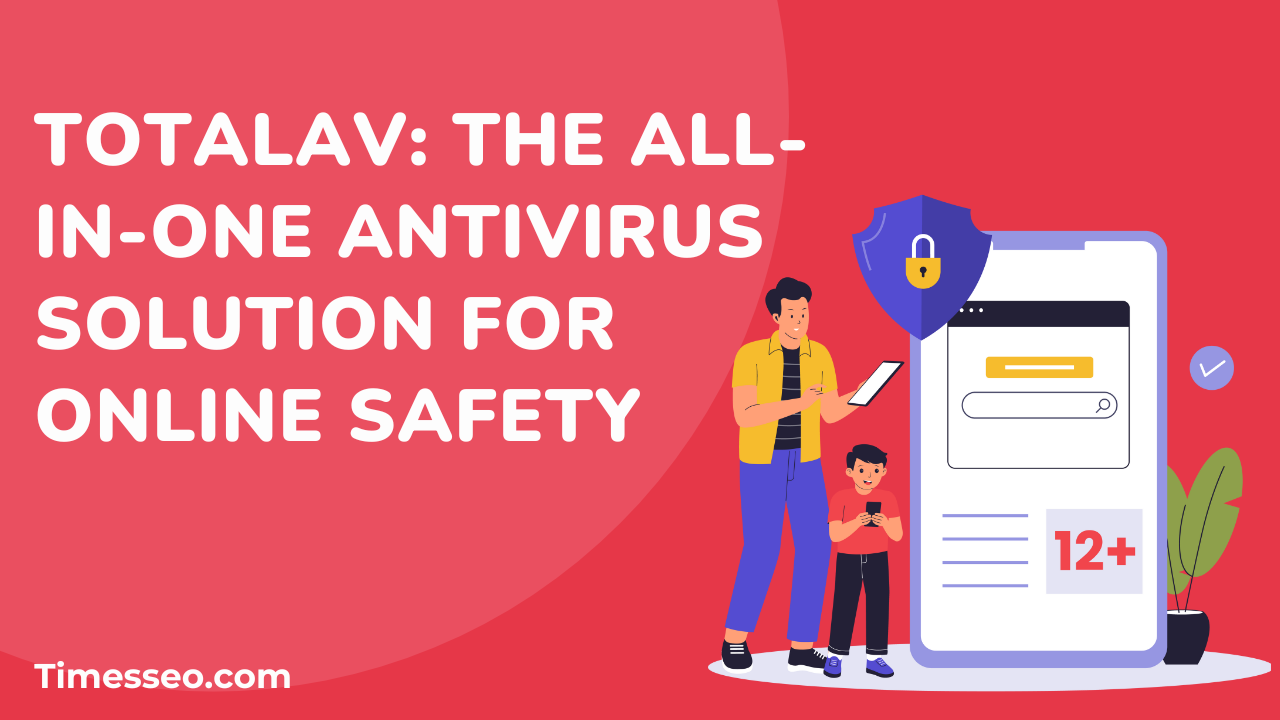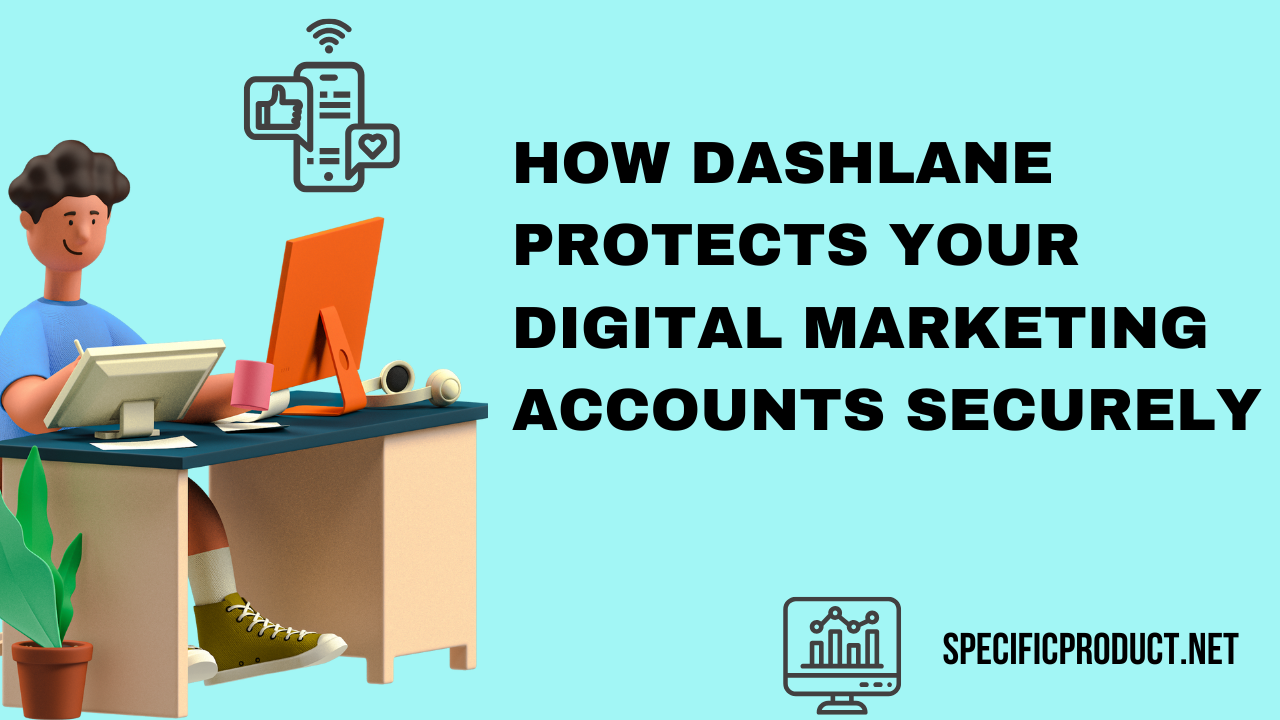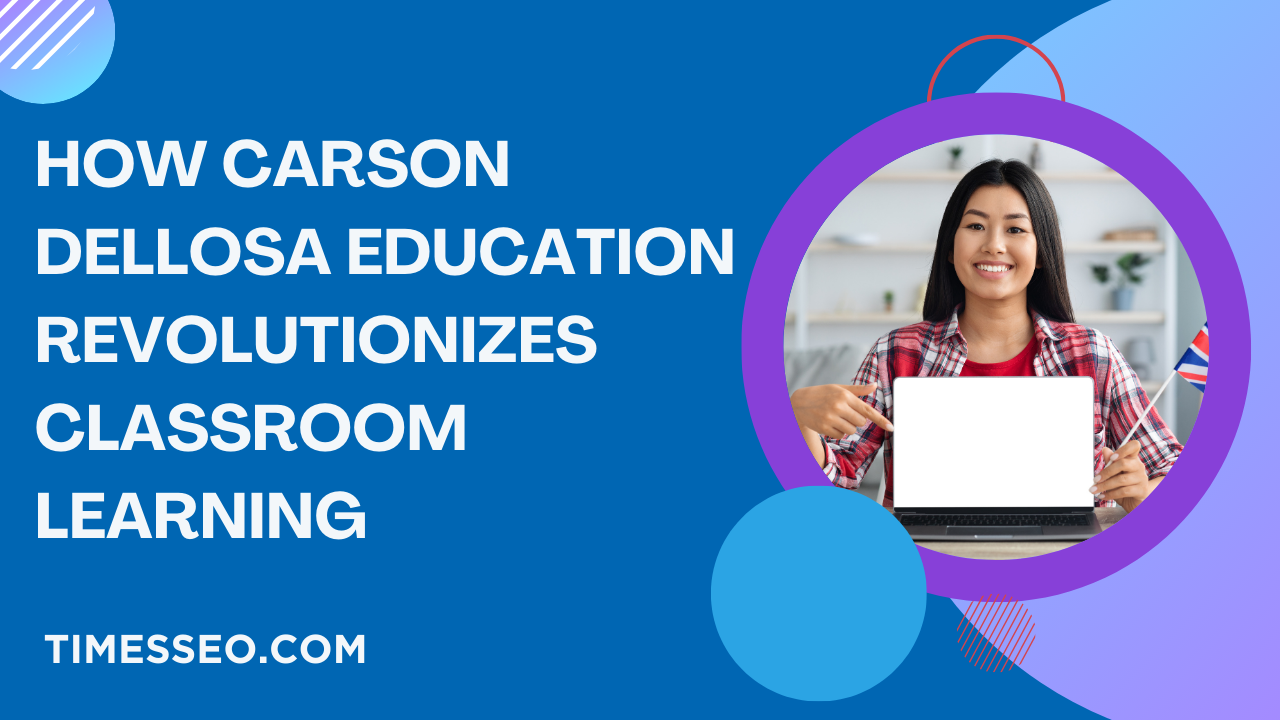
Turn Traffic into Sales with Keyword Intent Analysis
Discover out how smava Kreditpartnerprogramm DE can help you reach new financial opportunities. Find out how this program can completely transform your financial situation. Examine the advantages and possibilities it presents right now.
Table of Contents
Introduction
Imagine having a ton of website visitors but barely any sales—frustrating, right? Keyword intent analysis is useful in this situation. It’s the secret sauce that helps you turn curious clickers into paying customers. If you’re not considering what your visitors really want when they type something into Google, you’re leaving money on the table.
Let’s dive into how you can start understanding, leveraging, and dominating with keyword intent to skyrocket your sales.
Introduction to Keyword Intent Analysis
What Is Keyword Intent?
Keyword intent, also referred to as search intent, is the purpose of a user’s search query. Are they just looking for information, comparing products, or ready to make a purchase?
Why Keyword Intent Matters in SEO
It’s not enough to rank high on Google. If your content doesn’t align with what the searcher wants, they’ll bounce. When your content matches their intent? That’s when the magic (and conversions) happen.
Types of Keyword Intent
Understanding the different intent categories is the first step to improve your content.
Navigational Intent
These users know where they want to go—think branded searches like “Nike store” or “Shopify login.”
Informational Intent
People are in research mode—“What is SEO?” or “Cake baking tips.” They haven’t bought yet.
Commercial Intent
These users are considering options—“Best laptops under $1000” or “Grammarly vs Hemingway.” They’re prepping to purchase.
Transactional Intent
They’ve got their wallets out—“Buy iPhone 14” or “Get 50% off Bluehost hosting.”
Mapping Keyword Intent to the Sales Funnel
Let’s connect intent to your funnel strategy:
Awareness Stage – Informational Keywords
Use blog posts, guides, and tutorials to educate and attract early-stage visitors.
Consideration Stage – Commercial Keywords
Build trust with product comparisons, case studies, and reviews.
Decision Stage – Transactional Keywords
Seal the deal with optimized product pages, sales copy, and CTAs.
How to Identify Keyword Intent
Analyze SERPs
Look at what Google is showing. Are the outcomes videos, product sites, or blog entries? That tells you the intent.
Use of Intent Modifiers
Watch for keywords like:
- “Buy,” “cheap,” “discount” = transactional
- “Best,” “vs,” “top” = commercial
- “How,” “what,” “guide” = informational
Tools to Determine Keyword Intent
Use tools like:
- Semrush: Lists intent by default
- Ahrefs: Shows ranking pages’ formats
- Ubersuggest: Keyword suggestions by intent
Creating Content that Matches Intent
Aligning Content Type with Intent
Use content formats that resonate:
- Informational = blogs, how-tos
- Commercial = listicles, comparisons
- Transactional = product pages
Example: Informational vs Transactional Content
Let’s say the keyword is “best protein powder” (commercial). You write a blog comparing 10 products.
But if it’s “buy whey protein isolate,” you need a product page with CTAs.
Avoiding Mismatched Content
Don’t confuse the reader. If someone is ready to buy, don’t send them to a 2,000-word guide.
Optimizing Landing Pages Based on Intent
Tailoring Headlines and CTAs
Speak the user’s language. Use action verbs for transactional pages like “Get Yours Today” or “Limited-Time Offer.”
Using Visual Cues to Guide Action
Buttons, badges, images—use them strategically to guide attention and clicks.
Internal Linking Strategy by Intent
Link blog content (informational) to product pages (transactional). Funnel readers toward conversion.
Turning Keyword Intent into Sales
Capture Leads with Commercial Intent
Offer lead magnets, comparison guides, or free trials to gather emails.
Close Sales with Transactional Intent
Nail the product page: clear price, strong CTA, trust signals (like reviews).
Build Trust with Informational Intent
Offer value without selling hard. Be the helpful expert, and the sales will follow.
Keyword Intent for E-commerce
Product Pages and Transactional Keywords
Don’t waste space. Show price, benefits, reviews, and a bold “Add to Cart” button.
Category Pages and Commercial Intent
Target terms like “best shoes for running” with collections, filters, and top picks.
Blog Posts and Informational Content
Draw in early-stage buyers with helpful content—then guide them to your products.
Tools and Techniques for Keyword Intent Analysis
Google Search Console & Google Analytics
See what queries people use and how they behave. High bounce rate? You might be mismatching intent.
Semrush, Ahrefs, and Ubersuggest
To determine intent, examine ranking material, SERP elements, and keywords.
AI Tools and Automation
Use tools like ChatGPT or Jasper to brainstorm content ideas aligned with intent.
Common Mistakes to Avoid
Over-optimizing for One Intent
Don’t focus only on transactional terms. You need a full-funnel strategy.
Ignoring Searcher’s Real Needs
Keyword stuffing is out. Relevance is in. Serve their needs, not just the algorithm.
Poor Content and UX Alignment
Even if a page has great content, users will abandon it if it is ugly or confusing.
Measuring the Success of Keyword Intent Strategy
Key Metrics to Track
- Bounce rate
- Time on page
- Conversion rate
- Click-through rate (CTR)
A/B Testing Content by Intent
To determine which format converts well, try a variety of formats for the same type of keyword.
Conversion Rate Optimization
Always tweak headlines, CTAs, images, and offers based on user intent data.
Case Study: How a Brand Boosted Sales by Targeting Intent
A skincare brand was targeting only “best face cream” (commercial) and saw flat sales. They added:
- “What causes dry skin?” (informational)
- “Buy anti-aging face cream” (transactional)
Result? Double the traffic and double the conversions in just sixty days.
Future Trends in Keyword Intent Analysis
- AI-powered SERP interpretation
- Voice search intent optimization
- Real-time behavioral targeting
Stay ahead by adapting your strategy continuously.
Conclusion
Keyword intent analysis is no longer optional—it’s essential. It’s how you stop wasting traffic and start building real, measurable conversions. Match the right content with the right intent, and you’ll turn curious visitors into loyal customers.
Frequently Asked Questions
Keyword intent refers to the reason behind a user’s search. It helps marketers tailor content to match what searchers are actually looking for.
By matching content to the user's intent, you increase engagement, reduce bounce rates, and guide users smoothly toward making a purchase.
While it’s possible, it’s better to create dedicated content for each intent type to maximize relevance and conversions.
Tools like Semrush, Ahrefs, Google Search Console, and Ubersuggest provide insights into keyword intent and user behavior.
Review your keyword intent strategy quarterly or anytime traffic patterns change drastically.
Table of Contents
Popular Posts
-
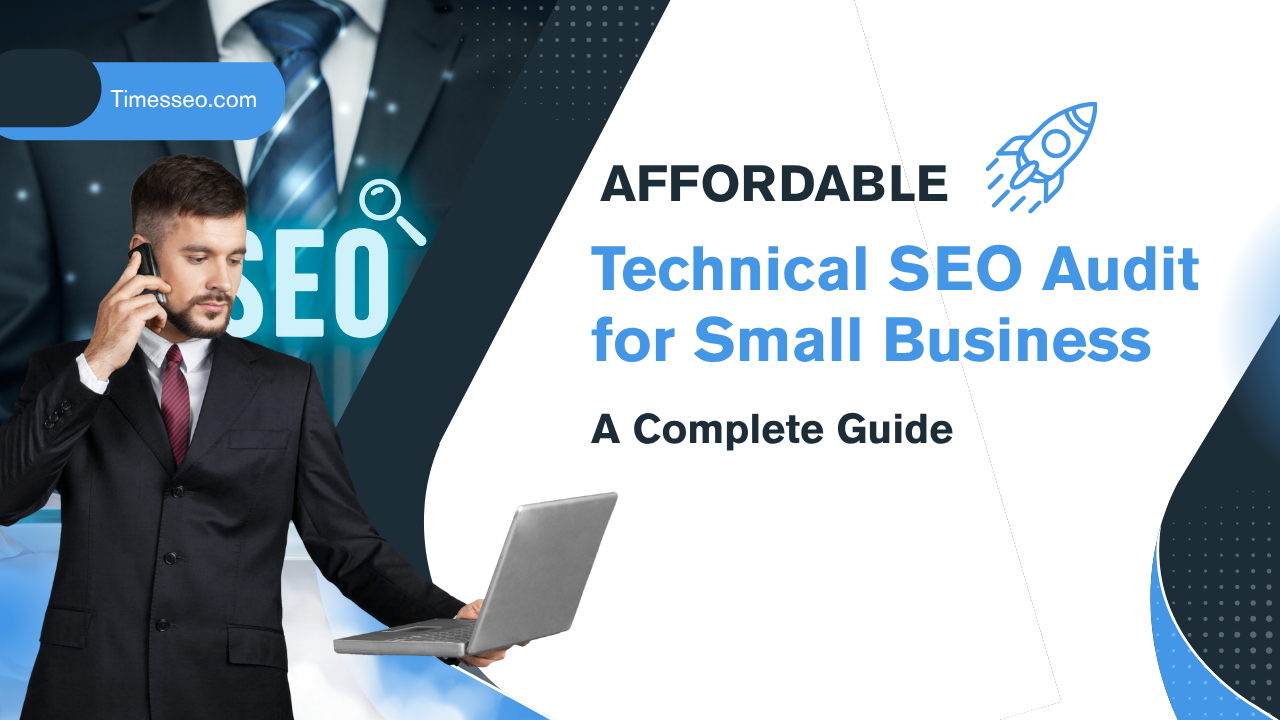 Affordable Technical SEO Audit for Small Business: A Complete Guide26 Jun 2025 Blog
Affordable Technical SEO Audit for Small Business: A Complete Guide26 Jun 2025 Blog -
 How to Get an Affordable Technical SEO Audit for Small Business27 Jun 2025 Blog
How to Get an Affordable Technical SEO Audit for Small Business27 Jun 2025 Blog -
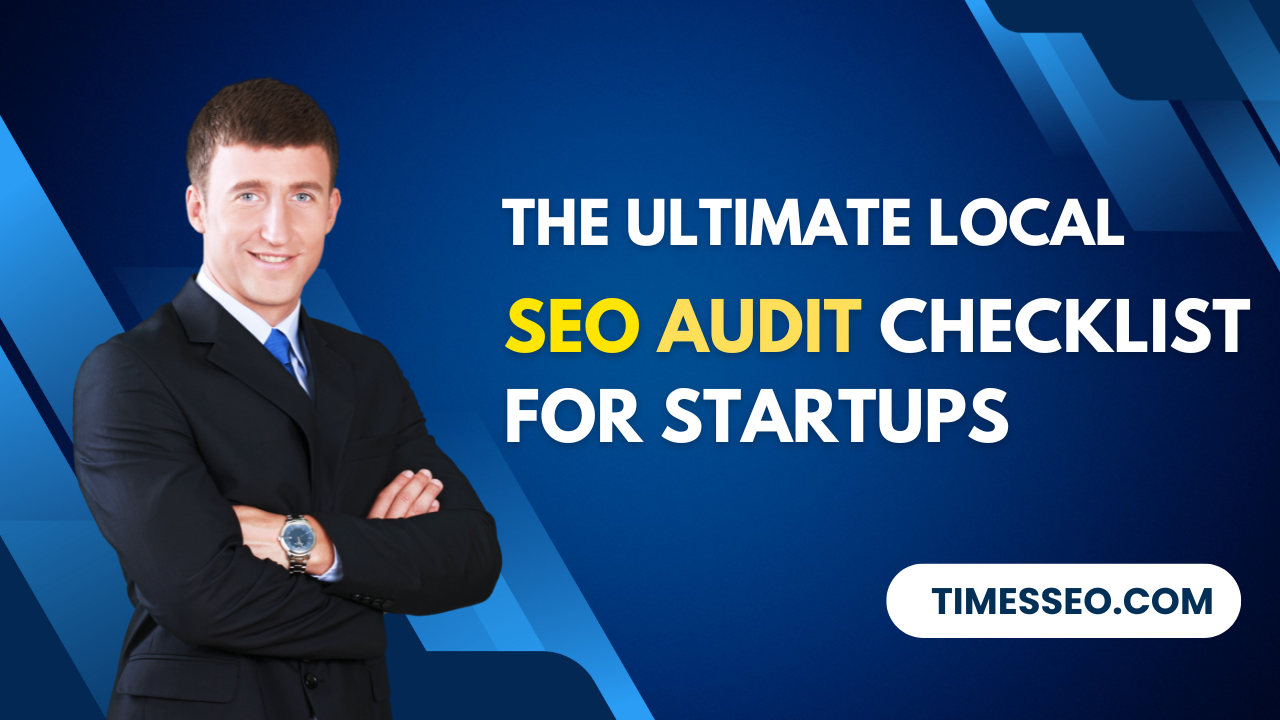 The Ultimate Local SEO Audit Checklist for Startups28 Jun 2025 Blog
The Ultimate Local SEO Audit Checklist for Startups28 Jun 2025 Blog -
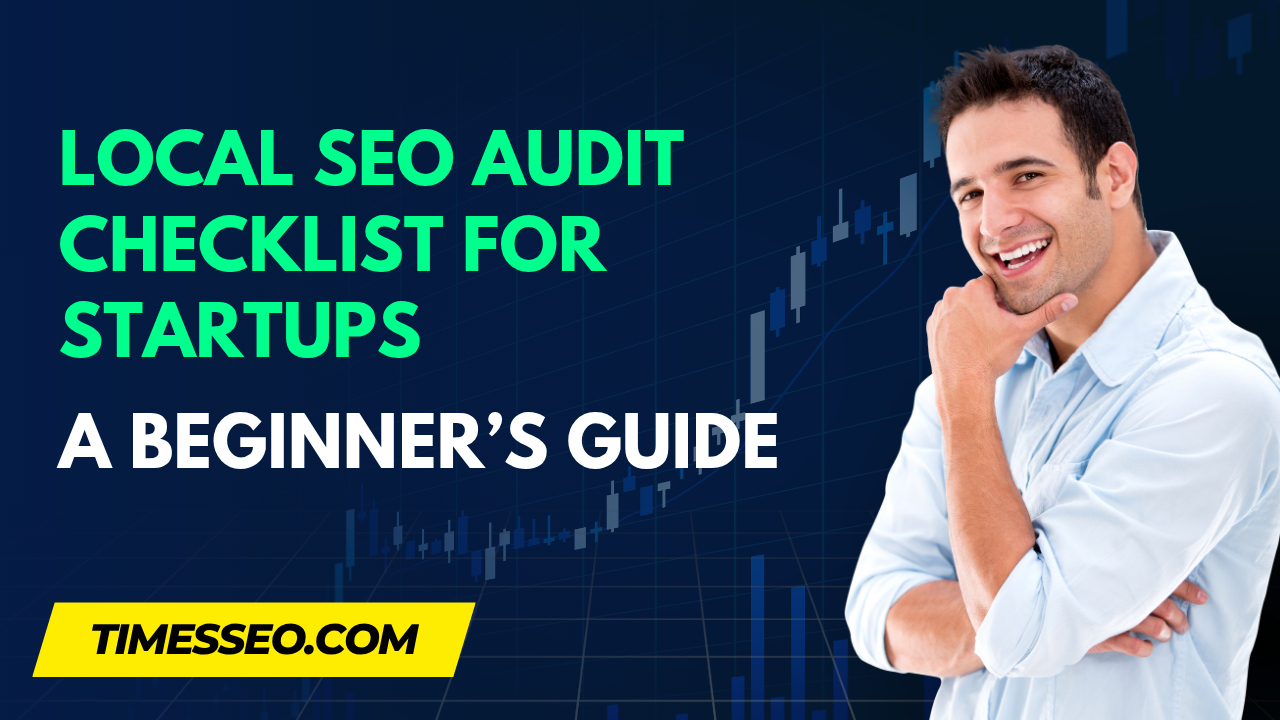 Local SEO Audit Checklist for Startups: A Beginner’s Guide28 Jun 2025 Blog
Local SEO Audit Checklist for Startups: A Beginner’s Guide28 Jun 2025 Blog -
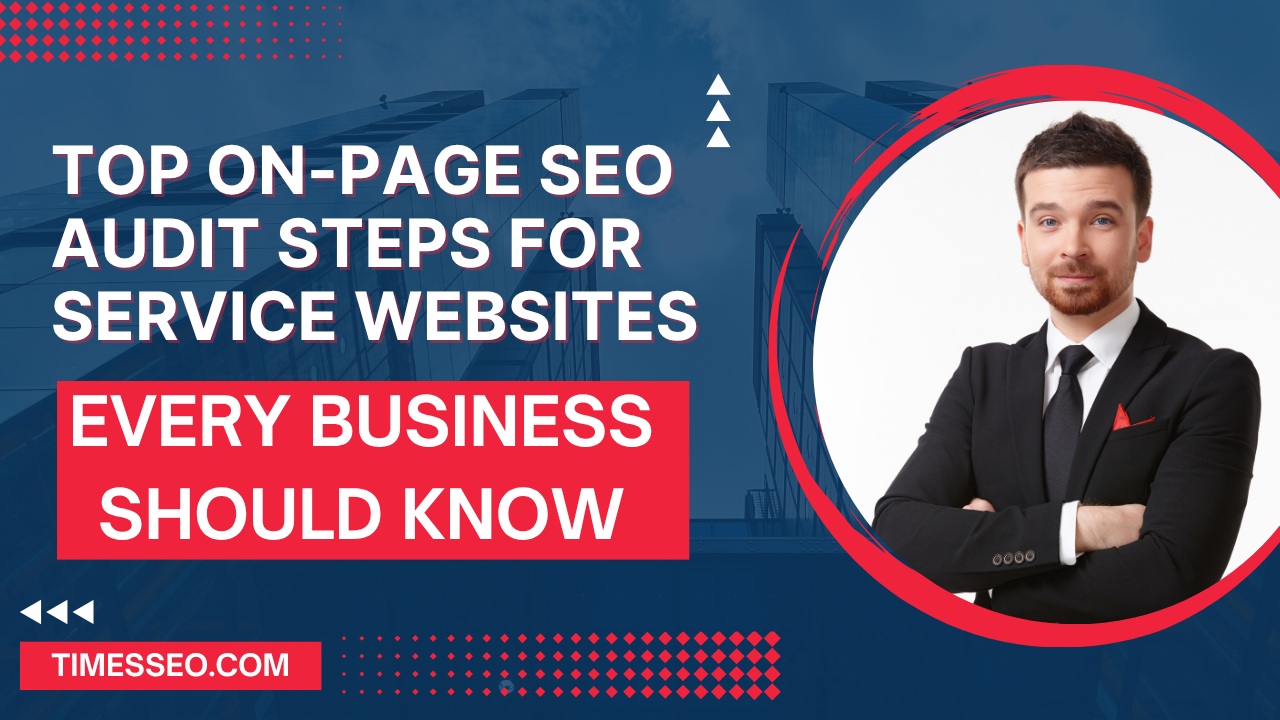 Top On-Page SEO Audit Steps for Service Websites Every Business Should Know29 Jun 2025 Blog
Top On-Page SEO Audit Steps for Service Websites Every Business Should Know29 Jun 2025 Blog -
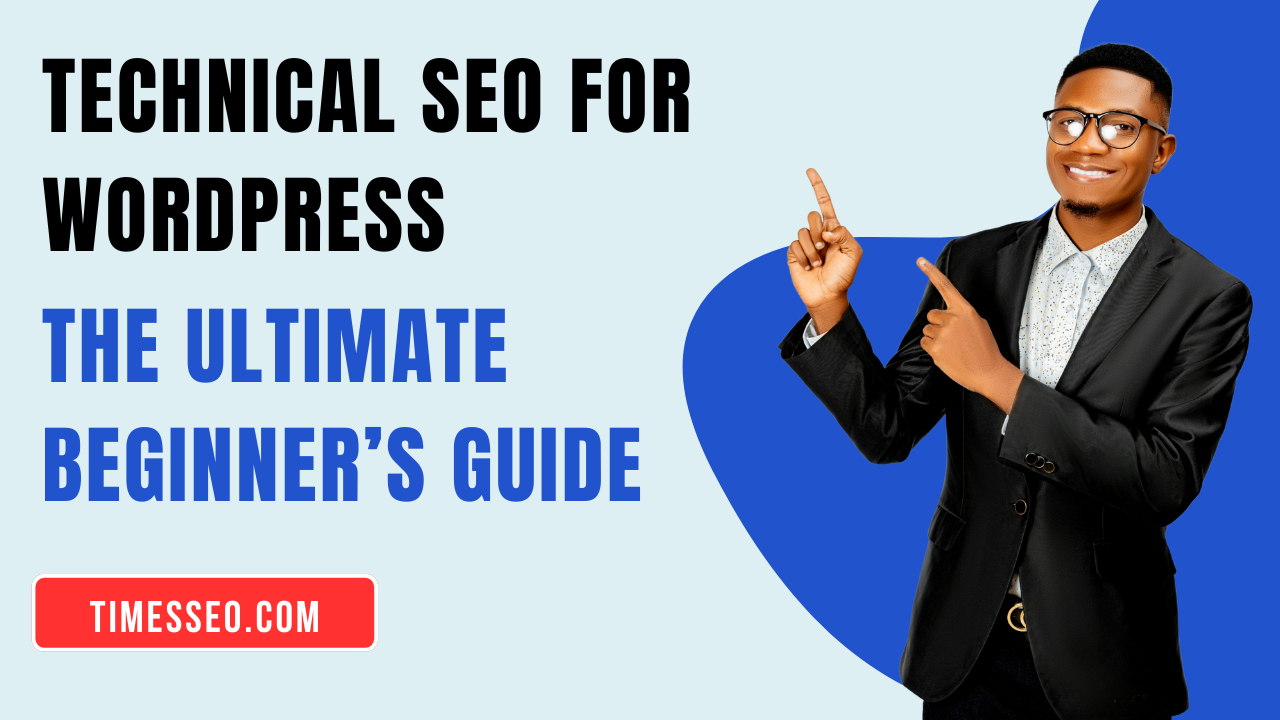 Technical SEO for WordPress: The Ultimate Beginner’s Guide01 Jul 2025 Blog
Technical SEO for WordPress: The Ultimate Beginner’s Guide01 Jul 2025 Blog -
 The Impact of On-Page SEO Audit Steps for Service Websites on UX01 Jul 2025 Blog
The Impact of On-Page SEO Audit Steps for Service Websites on UX01 Jul 2025 Blog -
 Technical Mobile SEO Audit Tips for Developers02 Jul 2025 Blog
Technical Mobile SEO Audit Tips for Developers02 Jul 2025 Blog -
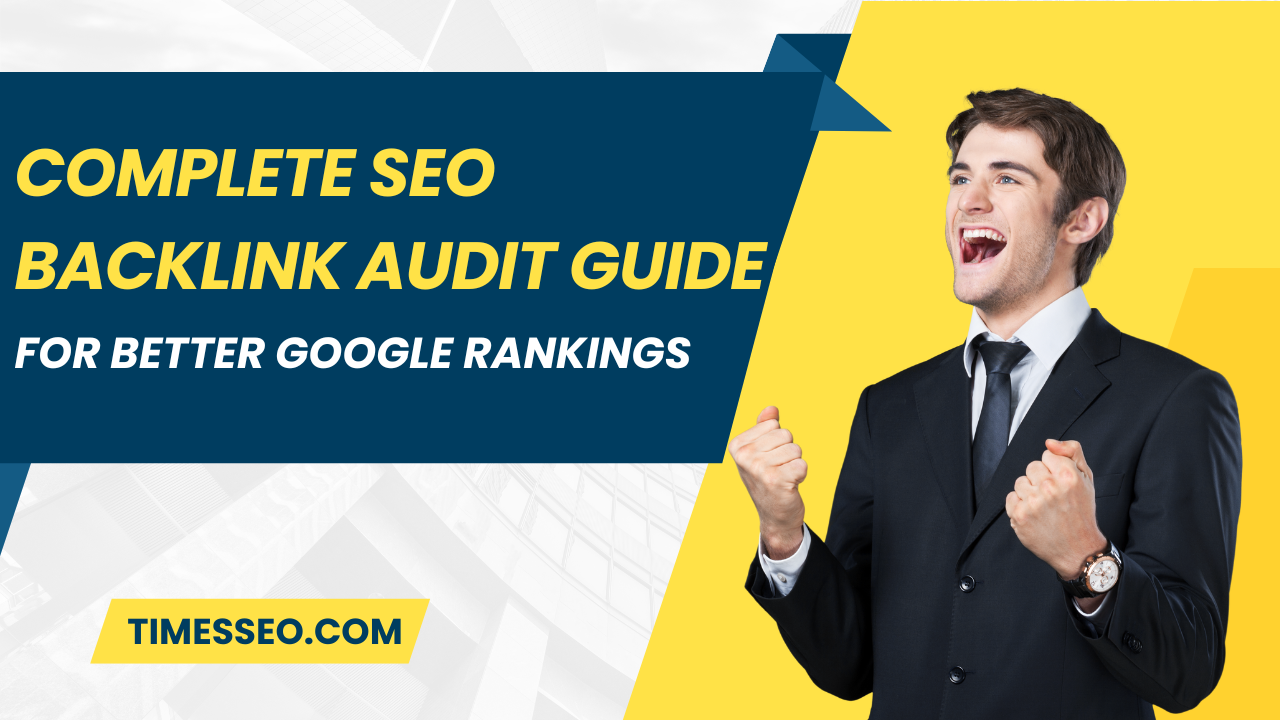 Complete SEO Backlink Audit Guide for Better Google Rankings03 Jul 2025 Blog
Complete SEO Backlink Audit Guide for Better Google Rankings03 Jul 2025 Blog -
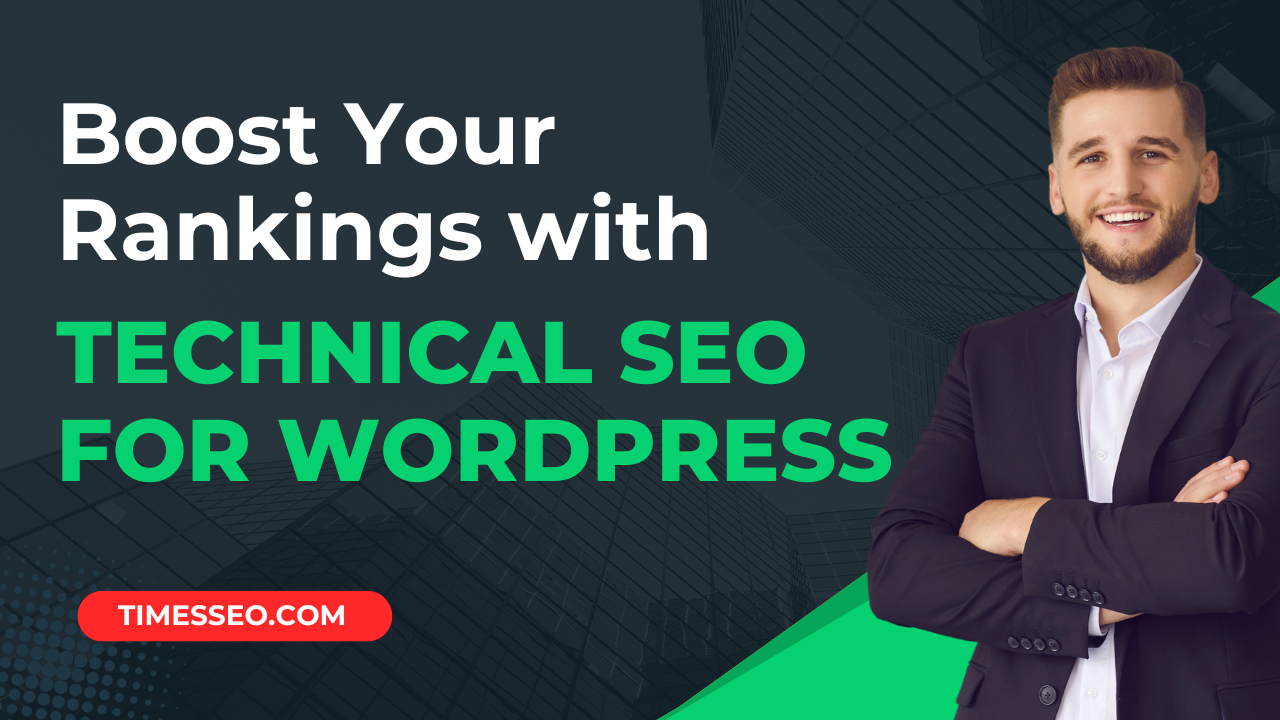 Boost Your Rankings with Technical SEO for WordPress01 Jul 2025 Blog
Boost Your Rankings with Technical SEO for WordPress01 Jul 2025 Blog

